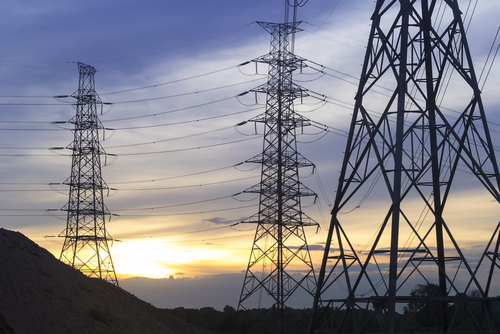DOE releases new report on solutions to address rising electricity needs

In a new report, the U.S. Department of Energy (DOE) outlined various solutions to address increased electricity demand on the nation’s power grid.
The report, called the Future of Resource Adequacy, affirms that investing in clean energy generation and storage, transmission expansion and enhancement, and efficiency and demand management tools can provide ample, reliable power in an age of rising electricity demand.
“It is undeniable that electricity demand is expected to grow over the next decade as the manufacturing sector experiences explosive growth and artificial intelligence requires more and more energy. We see this is happening even as we improve efficiency, lower costs and better public health with electrification of vehicles and appliances,” U.S. Energy Secretary Jennifer Granholm said. “DOE’s Resource Adequacy Report shows how President Biden’s Investing in America agenda is helping to equip the power sector with the tools needed to ensure grid reliability while providing their customers with cheaper, cleaner energy.”
The report outlined some of the best ways to meet rising electricity demand, including:
• Building new clean generation and storage, such as geothermal, hybrid renewable storage, long-duration storage;
• Getting the most out of our current infrastructure through grid enhancements and expansion, such as installing advanced conductors on existing transmission towers and other grid enhancing technologies;
• Leveraging opportunities from demand-side resources like efficiency, demand response, and virtual power plants;
• Tax credits for electricity technologies like energy storage, nuclear, hydropower;
• Programs at DOE like the Grid Resilience and Innovation Partnership programs and the Energy Infrastructure Reinvestment loan program that can help expand and enhance the transmission system;
• Consumer facing incentives to accelerate deployment of efficiency technologies and distributed energy resources like rooftop solar, battery storage systems, and bidirectional EV chargers;
• Technical and other assistance available through the infrastructure law to state, tribal, territory and the industry, which can ease the barriers to deployment of renewables and new technology adoption.
The full report is currently available on the DOE’s Office of Policy webpage.
